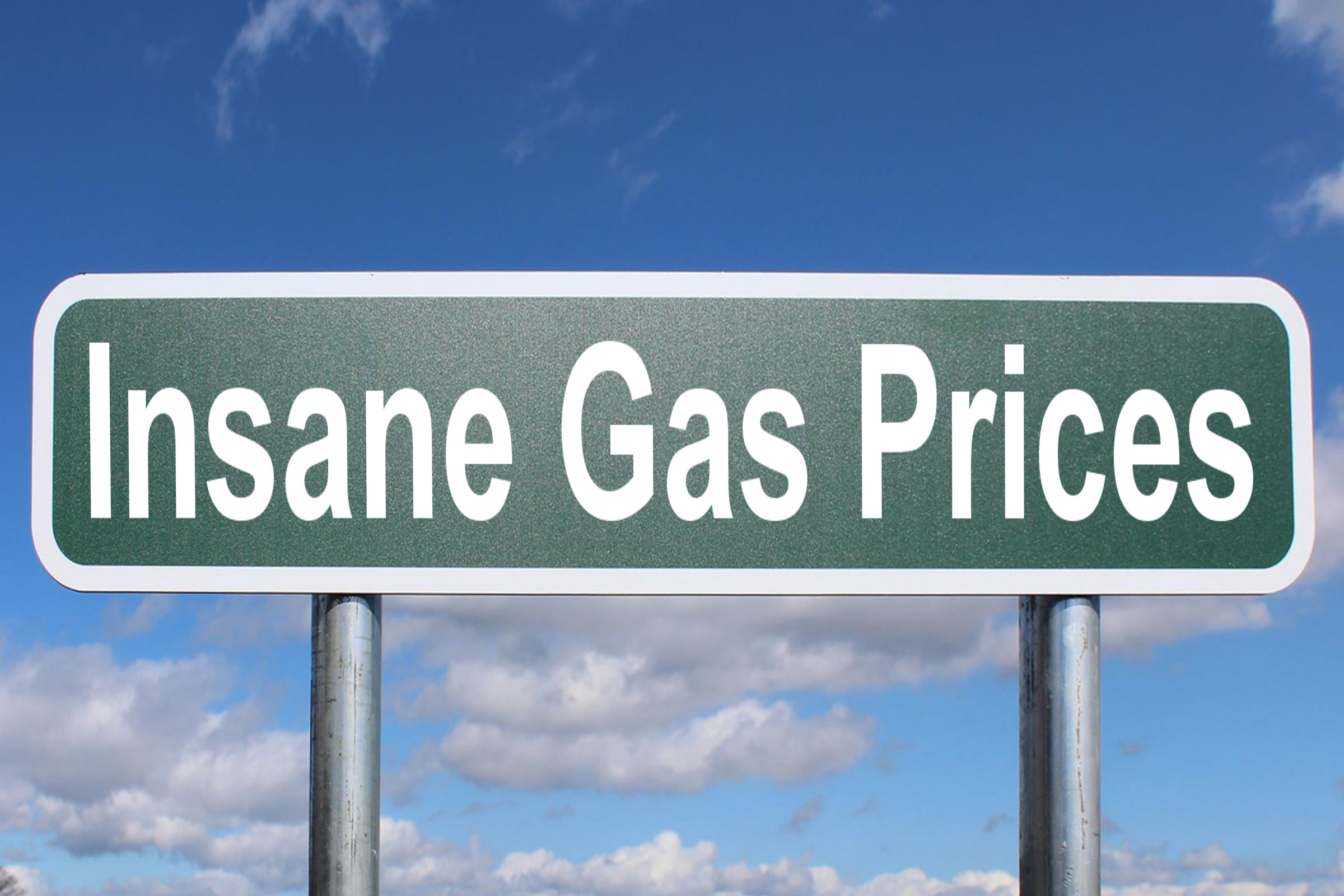
It’s a topic that touches nearly every household budget: the fluctuating price of gasoline. While the average price for a gallon of regular unleaded gasoline is currently holding steady nationally at $3.16, marking its lowest point since 2021 according to AAA, this relief often feels temporary. The underlying dynamics of oil supply outweighing demand offer a current reprieve, yet the pain at the pump remains a constant concern for many.
But here’s the empowering news: you are not powerless in this equation! Even with prices in flux, there are always concrete, actionable steps you can take to dramatically reduce what you spend on fuel. It’s not just about market forces; it’s about smart choices in how you fill up, how you pay, when you visit the gas station, how you drive, and even how you maintain your vehicle. We’ve meticulously compiled 23 smart tips to help you spend less on fuel, transforming your daily commute and long-distance trips into more budget-friendly endeavors.
Get ready to revolutionize your approach to gas expenses. We’re diving deep into the first seven of these practical, reader-focused strategies, arming you with the knowledge to make informed decisions that will put more money back in your pocket. These aren’t just suggestions; they are proven methods to save money on gas, right now.
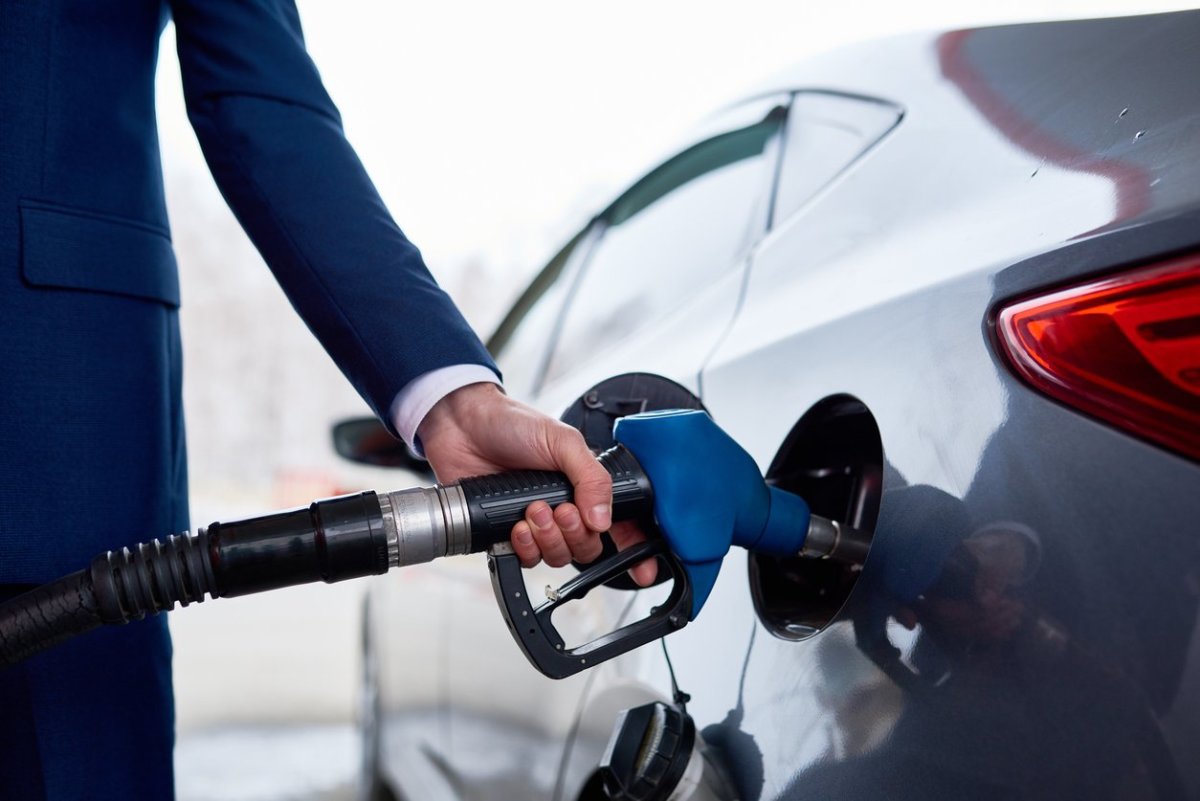
1. **Skip the Premium Option**One of the most common misconceptions at the gas pump revolves around premium gasoline. Many drivers believe that opting for higher-octane fuel offers performance benefits or is simply better for their car. However, for the vast majority of vehicles on the road today, this couldn’t be further from the truth. Unless your car’s manufacturer specifically requires premium fuel, you’re quite literally just throwing money away with every fill-up.
The financial impact of this unnecessary upgrade is not insignificant. Premium gas can typically cost anywhere from 20 to 40 cents more per gallon than regular-grade fuel. Over weeks, months, and years, these small differences quickly accumulate into substantial extra expenditures. Imagine what you could do with those saved dollars – perhaps cover other essential bills or even treat yourself to something nice.
The advice is straightforward and clear: use regular-grade gasoline. Always refer to your car’s owner’s manual to verify the recommended fuel type. If it doesn’t explicitly state that premium is required, then stick to the standard option. This simple adjustment is an immediate and effortless way to cut down your fuel costs without compromising your vehicle’s performance or longevity.
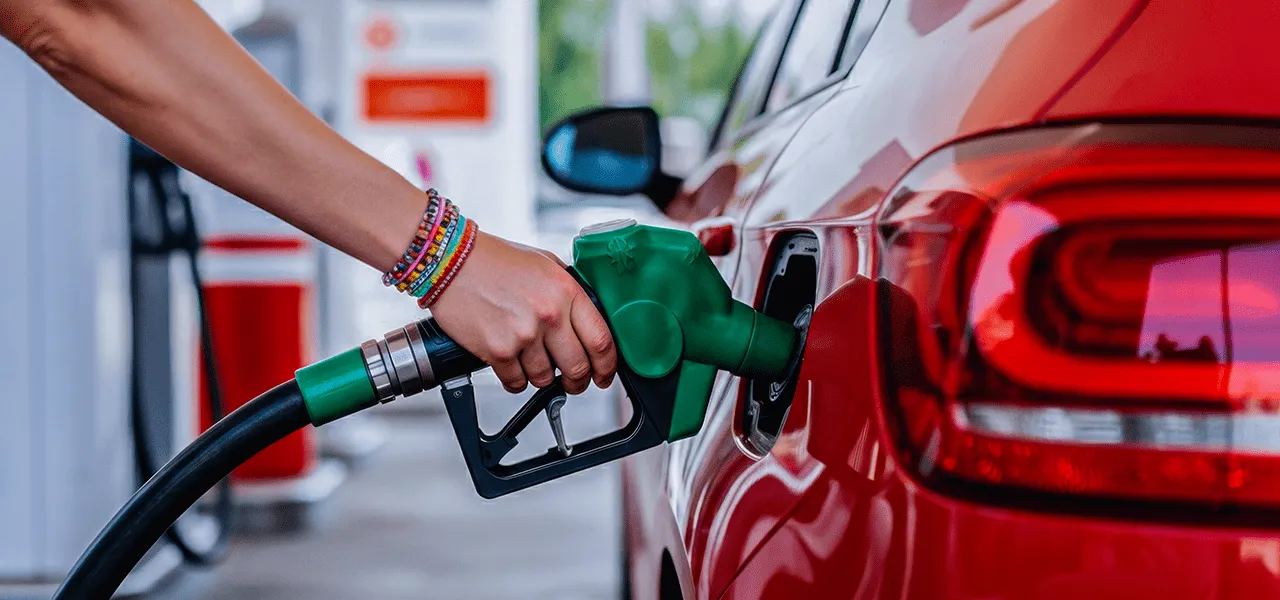
2. **Leverage Cash-Back Apps Like Upside**In today’s digital age, cutting costs can be as simple as tapping on your smartphone. One incredibly effective tool for saving money on everyday purchases, especially gas, is a cash-back app like Upside. This innovative platform makes earning money back effortless, eliminating any complicated mental math or tracking on your part, and delivering real savings directly to you.
The Upside app is designed to connect you with participating local gas stations, where you can beat the advertised pump price by as much as 25 cents per gallon. This isn’t just about gas, either; the app also extends its cash-back offers to grocery stores and a fantastic array of restaurants. Whether you’re craving a meal from national chains like Domino’s, Taco Bell, Five Guys, Popeyes, and Applebee’s, or supporting local favorites, Upside can help you save.
Regular users of the Upside app have reported earning as much as $290 every single year. This isn’t just points or abstract rewards; it’s actual cash money that can be deposited straight into your PayPal account or linked bank account. For those who prefer flexibility, you also have the option to redeem your earnings for gift cards from popular brands such as Amazon and Starbucks, making your savings even more versatile.
Getting started is incredibly simple and takes just a few seconds of your time. First, download the Upside app and set up your free account. Then, check the map feature to easily locate participating stores and gas stations near you. When you’re ready to make a purchase, simply claim an offer and tap “Check In” within the app before you pay with your linked credit or debit card. You can cash out your earnings at any time, and your money will typically arrive within two days of initiating a transfer. As a bonus, you can use code PENNY25 when you download the Upside app to get an extra 25 cents per gallon off your very first purchase.
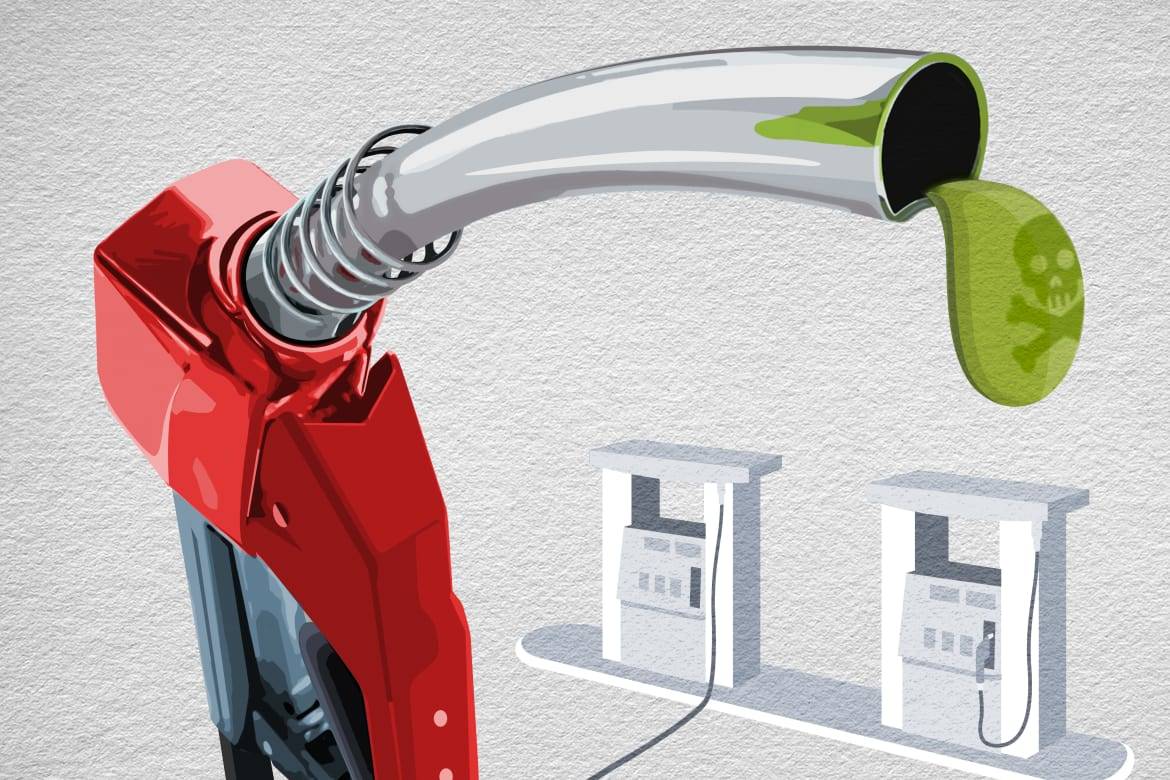
3. **Utilize Fuel Finder Apps (GasBuddy, Waze)**Few things are more frustrating than filling up your tank, only to drive a short distance and discover a gas station offering significantly cheaper fuel. This common scenario highlights a missed opportunity for savings, but thankfully, modern technology provides an elegant solution. Several excellent websites and mobile applications are readily available to help you pinpoint the price of gasoline at stations across your area, ensuring you always get the best deal.
Among the most popular and effective options are GasBuddy and Waze. These apps provide real-time pricing information, allowing you to quickly compare costs at various stations. The strategic advantage here is immense: you can actively seek out the cheapest gas stations along your usual routes, whether it’s for your daily commute to work or your regular shopping trips. This proactive approach prevents those moments of regret and ensures you’re never forced into buying expensive fuel out of desperation when your tank is running low.
Planning ahead with these tools becomes even more valuable for longer journeys or road trips. Gas prices can fluctuate dramatically not just within a city, but also across state lines. Before embarking on a trip, it’s wise to use these apps to check where prices are lower along your planned route. Furthermore, you’ll often find that gas stations situated just off a highway exit or located in the heart of a major city tend to inflate their prices. Seeking out stations a little more off the beaten path can often lead to considerable savings.
Embracing fuel finder apps like GasBuddy empowers you to make smarter, more economical choices every time you need to refuel. By becoming an informed consumer, you eliminate guesswork and gain control over one of your most significant recurring expenses. These tools are indispensable allies in the quest to spend less on fuel, providing clarity and confidence when it matters most.
:max_bytes(150000):strip_icc():focal(999x0:1001x2)/car-at-gas-pump-82422-ab3164e0c02a469c8839607eefd14c62.jpg)
4. **Join Gas Station Fuel Rewards Programs**Gas stations and grocery store chains across the country are keenly aware of the power of customer loyalty, and they often use fuel rewards programs as a primary incentive. These programs are specifically designed to encourage you to become a regular customer, offering attractive discounts on fuel in exchange for your continued patronage. Participating in these initiatives can translate into tangible savings every time you fill up your tank.
It’s important to remember that each gas station or grocery store fuel rewards program operates with its own unique set of rules. The amount you can save, and what you need to spend to accumulate those rewards, will vary from one program to another. Therefore, taking a moment to read up on the specific details of any program you’re considering is a crucial step to maximize your benefits and ensure you’re getting the most out of your loyalty.
Beyond individual gas station programs, comprehensive solutions like Pay with GasBuddy also offer significant savings. This particular fuel savings program can be joined for free, instantly providing you with discounts. Members can save up to 25 cents per gallon when fueling up at the majority of national gas station chains. It’s a broad-reaching program that streamlines the process of finding and accessing discounts across various brands.
For those seeking even greater savings and additional perks, a paid version of the GasBuddy program, Pay with GasBuddy Premium, is available. Priced at $9.99 a month, this upgraded membership offers an impressive potential saving of up to 40 cents off per gallon, along with the added peace of mind of 24-hour roadside assistance. However, it’s worth noting that certain stations, including Exxon Mobil, BJs, Costco, Sam’s Club, H-E-B, select Walmart stations, select Arco stations, and some smaller local gas stations, do not accept the Pay with GasBuddy card. Always verify acceptance to ensure your rewards are honored.
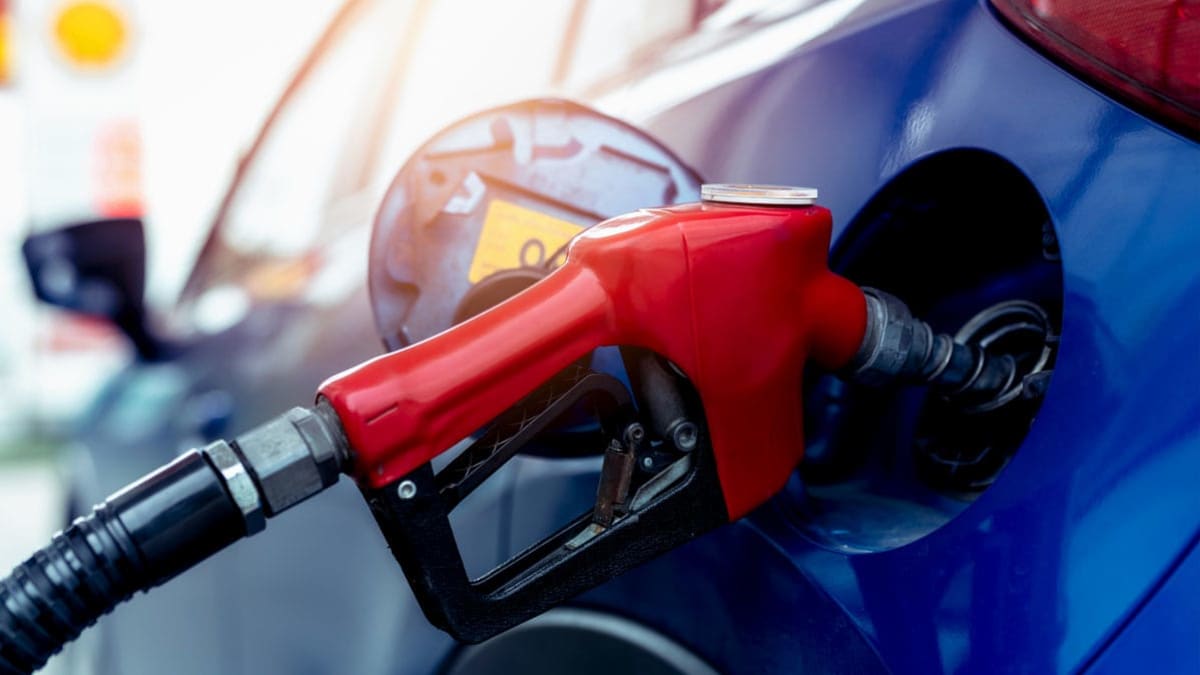
5. **Use a Rewards Credit Card Strategically**When it’s time to pay at the pump, your choice of payment method can be another unexpected avenue for savings. Smart consumers understand the power of leveraging credit card rewards. By choosing a credit card that specifically offers cash back or rewards points on gasoline purchases, you can essentially earn a rebate on every gallon you buy. This makes your fuel purchases work for you, adding a layer of financial benefit to an unavoidable expense.
Many credit cards are designed with specific bonus categories that include gas stations, offering higher percentages of cash back or more points per dollar spent. These programs can significantly offset your fuel costs over time, turning a routine transaction into a small financial gain. It’s a simple, passive way to save without changing your driving habits or where you fill up.
However, the golden rule of using rewards credit cards for gas, or any purchase, is paramount: always pay your fuel charges off in full each month. The goal is to save money, not accrue debt. By avoiding interest payments, you ensure that the cash back or rewards points you earn are pure savings, preventing any potential financial setbacks that could negate your benefits. Responsible credit card use is key to making this strategy a truly rewarding one.

6. **Choose Cash Payments for Discounts**While modern conveniences like credit cards are ubiquitous, sometimes the old-fashioned approach can lead to surprising savings at the gas pump. A notable number of gas stations across the country offer a lower price per gallon for customers who pay with cash rather than a credit card. This isn’t a random act of generosity; it’s a strategic move by the station to circumvent the card processing fees that credit card companies levy on every transaction.
These processing fees, though small per transaction, can add up significantly for businesses, impacting their profit margins. By offering a cash discount, stations pass a portion of these potential savings onto you, the consumer, encouraging a payment method that benefits them directly. This win-win scenario allows you to pay less while the station reduces its operational costs.
It’s important to clarify that while some gas stations extend their cash price to those paying with a debit card, this isn’t a universal practice. Debit card transactions also incur fees, albeit often lower than credit card fees. To avoid any surprises, it’s always best practice to check with the gas station attendant before you swipe your card. When in doubt, or to guarantee the lowest advertised price, simply opting to pay with physical cash when it’s time to fill up your tank is the most reliable strategy.




